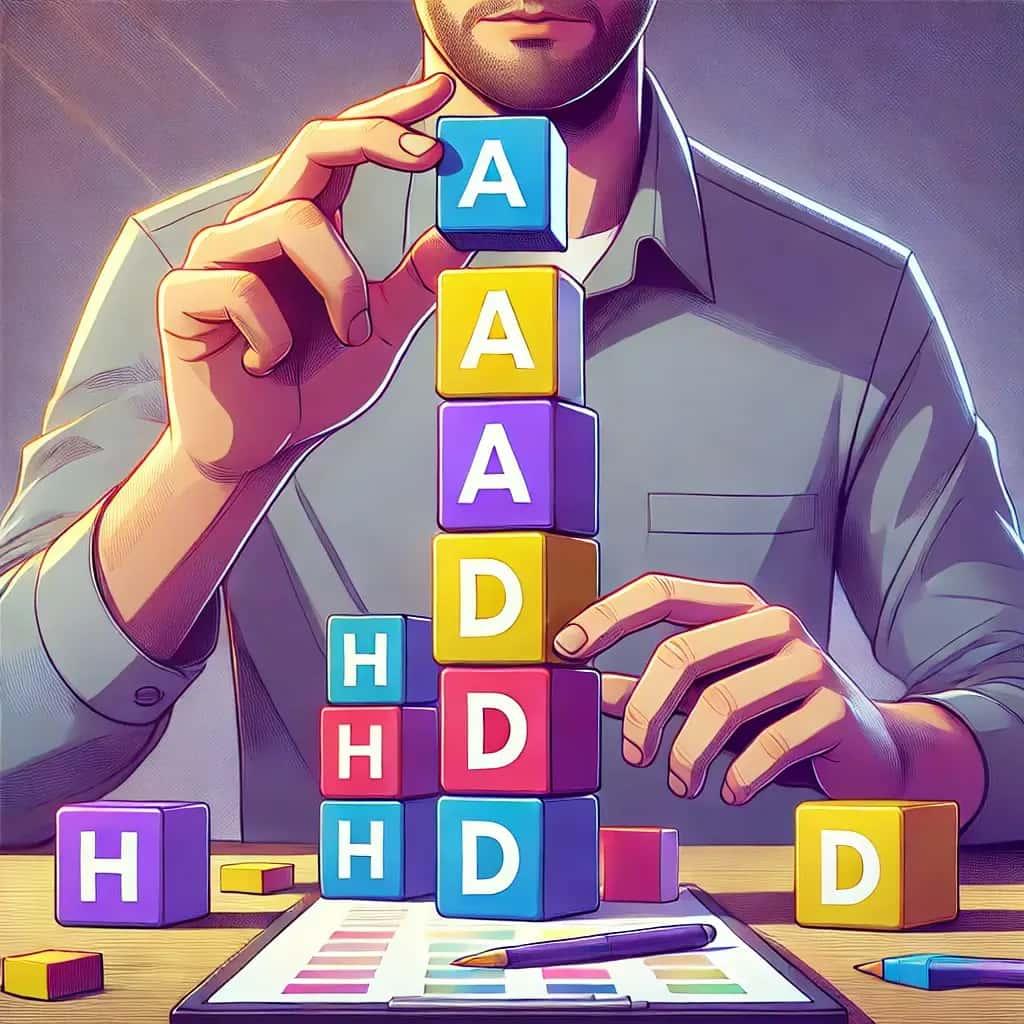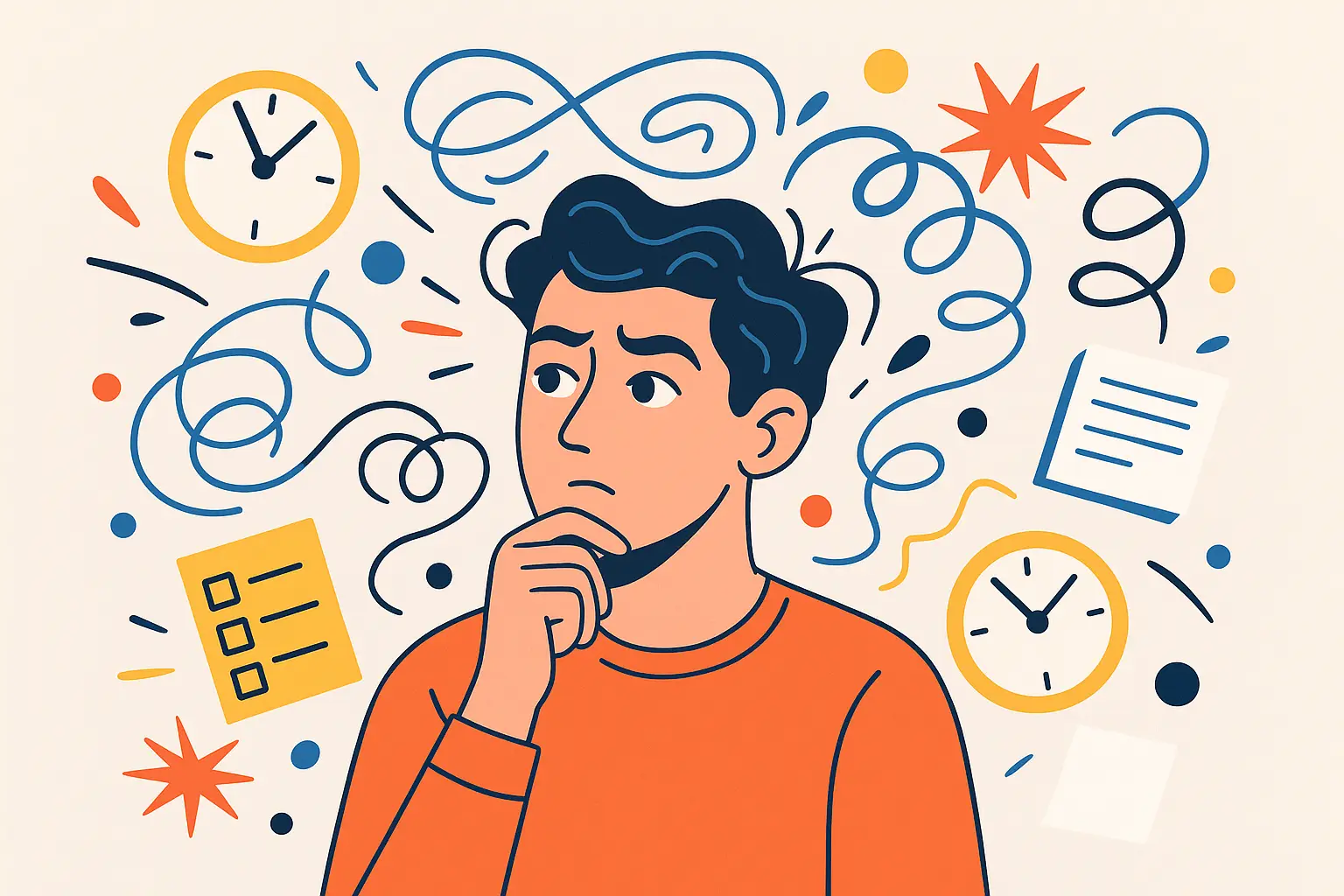Attention-Deficit/Hyperactivity Disorder (ADHD) affects both children and adults. It can make it harder to focus, stay organized, or manage impulses. Medication often helps, but it’s not the right choice for everyone. Some people experience side effects, have medical conditions that make medication unsafe, or prefer a more natural ADHD treatment.
Fortunately, several evidence-based non-medication treatments for ADHD can help reduce symptoms. These options can be used on their own or in combination with medication for optimal results. In this article, we explore four key approaches: mindfulness, neurofeedback, and Cognitive Remediation Therapy (CRT)—plus simple lifestyle strategies you can start using right away.

Why Consider a Combined or Alternative Approach?
Stimulants and other ADHD medications are effective for many people. However, they can also cause side effects, such as trouble sleeping, loss of appetite, or irritability. Others may want to avoid long-term use of controlled substances or are looking for natural ADHD treatments that support the whole person.
Non-medication ADHD therapies can:
Offer options for those who can’t or don’t want to use medication
Improve focus, organization, and emotional regulation
Complement medication for better long-term outcomes
Support a holistic, skills-based approach to managing symptoms
For many, a combined treatment plan—comprising medication and behavioral or cognitive support—leads to the best results.
1. Computerized Cognitive Training (CCT)
Computerized cognitive training utilizes software or apps to enhance brain functions, including attention, memory, and self-control. These programs use games and exercises designed to challenge thinking patterns that are often weaker in individuals with ADHD.
How It Helps:
Working memory: Tasks that involve remembering patterns or sequences build short-term memory strength.
Attention: Activities that require sustained focus train the brain to avoid distractions.
Impulse control: Interactive games help practice delayed gratification and better decision-making.
Research indicates that CCT can enhance attention and executive functioning, particularly when used consistently over time. It’s a flexible, home-based tool that can be used alone or to enhance the benefits of medication.
2. Mindfulness Meditation
Mindfulness teaches you to focus on the present moment without judgment. For individuals with ADHD, this practice helps improve attention span, emotional control, and awareness of impulses.
How It Helps:
Trains the brain to notice distractions without reacting to them.
Reduces anxiety and emotional outbursts.
Builds better self-regulation through daily practice.
Getting Started:
Begin with 5–10 minutes a day using an app like Headspace or Calm.
Practice mindfulness during everyday activities like eating or walking.
Pair meditation with medication or therapy for greater emotional control.
Studies have shown that mindfulness can significantly reduce symptoms of inattention and impulsivity, particularly when practiced consistently.
3. Neurofeedback
Neurofeedback is a brain-training method that helps people learn to regulate their brainwave patterns. It uses real-time feedback, often visual or auditory, to encourage focus-friendly brain states.
How It Works:
During a session, you might play a video game that only works when you stay focused.
Over time, your brain learns to maintain those patterns on its own.
Benefits:
Improves attention and impulse control.
Results can last well beyond the training period.
Often used alongside medication for better self-regulation.
Though it requires a commitment of 20–40 sessions, many people find neurofeedback to be a powerful and lasting tool in their ADHD treatment toolbox.
4. Cognitive Remediation Therapy (CRT)
CRT uses structured exercises to build skills in attention, memory, and executive functioning. It’s especially helpful for children and adults who struggle with planning, time management, or staying organized.
How It Helps:
Improves sustained attention through targeted mental challenges.
Strengthens working memory and task completion.
Builds problem-solving and decision-making abilities.
CRT can be used as a standalone treatment or in conjunction with medication, mindfulness, or neurofeedback. When combined, these approaches support both the biological and behavioral aspects of ADHD.
Practical Strategies You Can Use Right Away
Along with structured therapies, small daily changes can make a big difference:
1. Build a Structured Environment
Use visual schedules and digital reminders.
Break big tasks into smaller, achievable steps.
2. Create Predictable Routines
Set regular times for meals, work, exercise, and sleep.
Stick to consistent transitions between tasks.
3. Move Your Body
Exercise boosts focus and reduces hyperactivity.
Try yoga, swimming, walking, or martial arts.
4. Use Helpful Tech
Tools like StayOnTask, ReVibe, or visual timers keep you on track.
5. Support Emotional Regulation
Practice deep breathing, journaling, or talking through feelings.
Encourage self-compassion and patience.
A Holistic, Personalized Approach
Managing ADHD isn’t about one-size-fits-all solutions. It’s about creating a personalized, holistic plan that fits your needs. Non-medication treatments, such as cognitive training, mindfulness, neurofeedback, offer proven ways to build focus, manage emotions, and enhance daily functioning.
These strategies can be used on their own or combined with medication for more comprehensive and lasting results. If medication alone isn’t working, or if you’re looking for natural ADHD solutions, these approaches are worth exploring.
Always talk with a healthcare provider before making changes to your treatment. With the right tools, structure, and support, individuals with ADHD can thrive—in school, at work, and in life.

